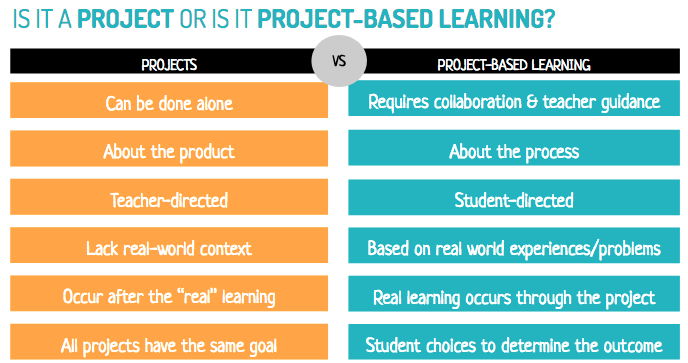
Teaching Values in the Classroom
Despite occasional bursts of rhetoric about developing that mysterious beast ‘the world class workforce’, the goal of most education ministers turns out to be beating Singapore or Finland in the tables of PISA, the Program for International Student Assessment: in other words, to keep racking up the test scores, without stopping to think what those scores are meant to indicate. Examination results are proxies for our underlying values and intentions, not ends in themselves. Most of what kids learn in school they forget within weeks of having taken the test. As Einstein said, ‘Education is what remains after you have forgotten everything you learnt in school.’ So what are the valuable residues which we want for all our young people after those 12 long years in school?




